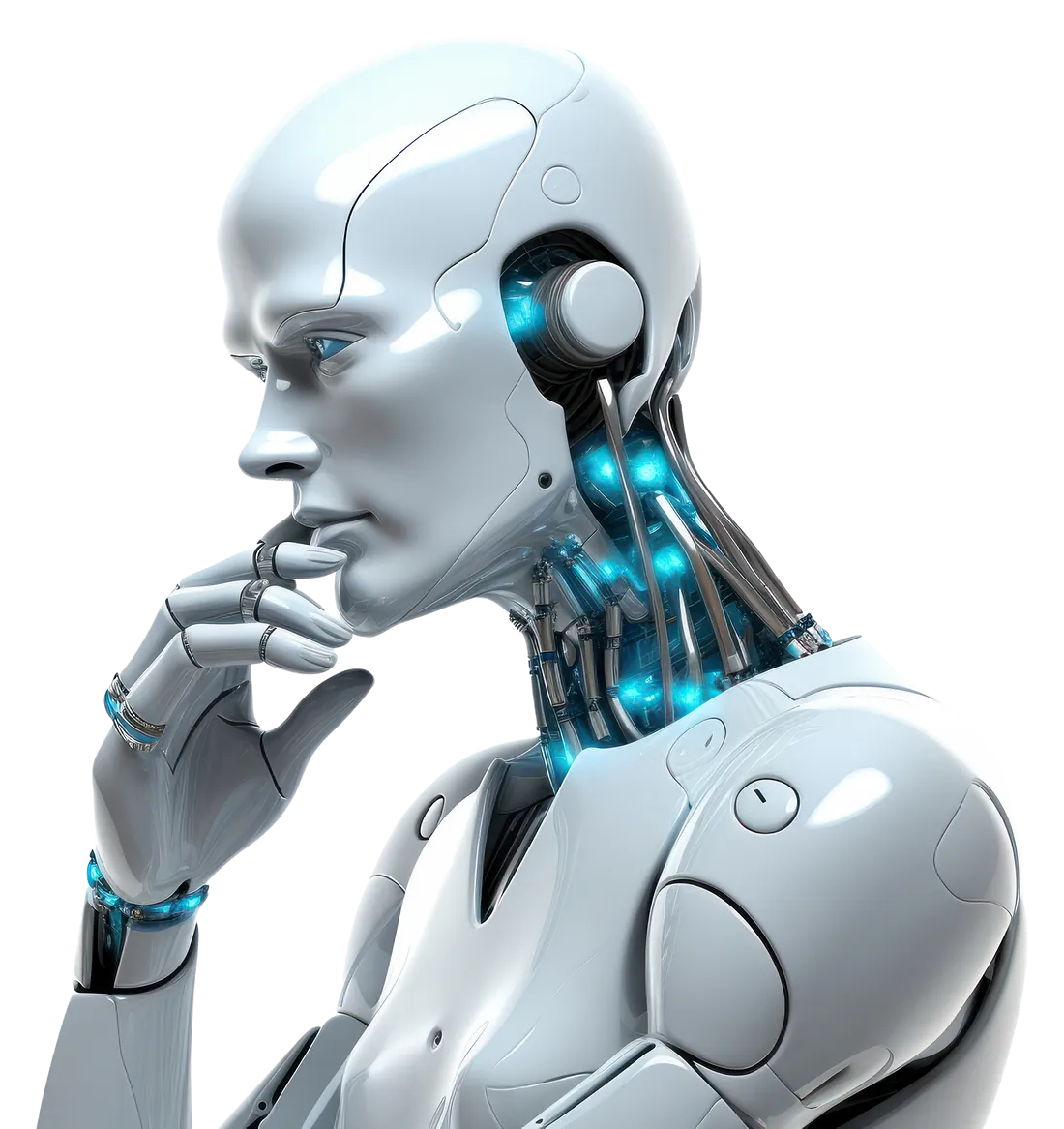Automotive BDC: The Engine of Dealership Success

An Automotive BDC serves as the heartbeat of a dealership’s lead-follow-up and appointment funnel. It’s a specialized team or system that manages inbound inquiries—via calls, emails, texts, and chats—and conducts proactive outbound outreach. By coordinating lead capture, qualification, appointments, and nurturing, the Automotive BDC bridges online interest and showroom visits. It ensures no opportunity slips through the cracks.
2. Why Automotive BDCs Matter More Than Ever
In auto retail, timing is everything. Buyers move fast—and studies show that responding to leads within minutes (some research suggests within five minutes) can multiply conversion potential several times over. Traditional BDCs often fall short due to limited hours and manual workflows. Automotive BDCs restore competitiveness by ensuring every inquiry is handled promptly and professionally.
3. Core Functions of an Automotive BDC
Automotive BDCs specialize in areas that directly impact dealership performance:
-
Lead Management: Capturing and qualifying inquiries from websites, calls, emails, and third-party sources.
-
Appointment Scheduling: Coordinating test drives and service bookings, ensuring accurate timing between customer and team.
-
Multi‑Channel Communication: Ensuring consistent, polished responses across phone, email, chat, text, and social media.
These functions are supported by deep automotive knowledge—vehicle details, financing options, and customer buying paths—so conversations are informed and engaging.
4. Traditional vs. AI‑Powered Automotive BDCs: What’s Changing
Traditional BDCs rely heavily on human agents working standard hours with manual workflows. Common challenges include slow response times, turnover, training burdens, and missed after-hours leads.
In contrast, AI-powered Automotive BDCs introduce:
-
Instant responses, often within seconds.
-
24/7 availability, meaning no lead goes unattended.
-
Automated follow-ups, via personalized messages across text, email, chat, and voice.
-
Smart appointment scheduling, seamlessly integrating with calendars.
-
Predictive lead scoring to route top leads to humans first.
-
Cost savings and scalability, reducing manual effort while handling far more interactions.
5. The Measurable Impact of AI in Automotive BDCs
Dealerships embracing AI report:
-
30–50% faster lead responses
-
20–35% increase in appointment show rates
-
15–25% boost in sales conversions
-
40% reduction in manual follow-up labor, freeing staff for higher-value roles
-
Additional 10–30% in revenue uplift
-
72% of dealers view AI as a complement—not replacement—to human agents
6. How an AI-Enhanced Automotive BDC Flow Works
A seamless workflow may look like this:
-
A customer submits a lead via any channel—even after hours.
-
The AI BDC responds instantly, gathering key details.
-
It qualifies the lead and, if appropriate, routes to a human agent.
-
It books an appointment with full calendar integration.
-
Automatic confirmations and reminders go out.
-
If needed, AI follows up intelligently based on prior engagement.
-
Performance data—like response times, show rates, and conversion metrics—is recorded to guide continuous improvement.
7. Why Human + AI Collaboration Works Best
The best outcomes stem from pairing AI’s speed and scale with human empathy and judgment. AI handles repetitive tasks—freeing dealership teams to focus on relationship-building, negotiation, and personalized follow-through. The result is a more effective, scalable, and satisfying customer experience.
8. Critical Success Factors for Your Automotive BDC
To maximize the BDC’s impact, follow these strategies:
-
Audit your existing performance—response times, lead volume, missed inquiries.
-
Define metrics—targets for response, appointments, show rates, and conversion.
-
Ensure strong integrations—CRM, DMS, calendar, and communications must sync seamlessly.
-
Customize messaging—align AI voice with your brand tone and customer preferences.
-
Train staff on escalation protocols—set clear handoff guidelines and team roles.
-
Use data to optimize—analyze performance and iteratively refine processes and scripts.
9. Overcoming Common BDC Challenges
In-House BDCs can face high setup costs, staffing challenges, and limited scalability.
Outsourced BDCs offer flexibility and cost-efficiency—provided they align with a dealership’s culture and expectations.
AI-powered BDCs help address these issues with scalable performance, consistent quality, and integration flexibility. However, choosing a reliable, industry-focused provider is crucial.
10. Forward-Looking Trends in Automotive BDC Operations
The roadmap ahead includes:
-
Hyper-personalized engagement, tailored to individual behaviors and history.
-
Voice-enabled AI agents handling live calls and complex interactions.
-
Predictive analytics guiding cadence and outreach timing.
-
Unified lifecycle management, aligning sales, service, recalls, and loyalty.
-
Proactive engagement—prompting customers for maintenance, trade-ins, or upgrades based on data cues.
An Automotive BDC—especially AI-augmented—is the strategic core of modern dealership operations. It transforms leads into show‑ready customers through speed, personalization, and relentless follow-up. It also unlocks operational efficiency, builds consistent performance, and elevates customer experience.
Whether you're a small lot or a major group, an optimized Automotive BDC powered by AI is less a luxury and more a competitive requirement. It’s about operating smarter, delivering better, and growing sustainably.








